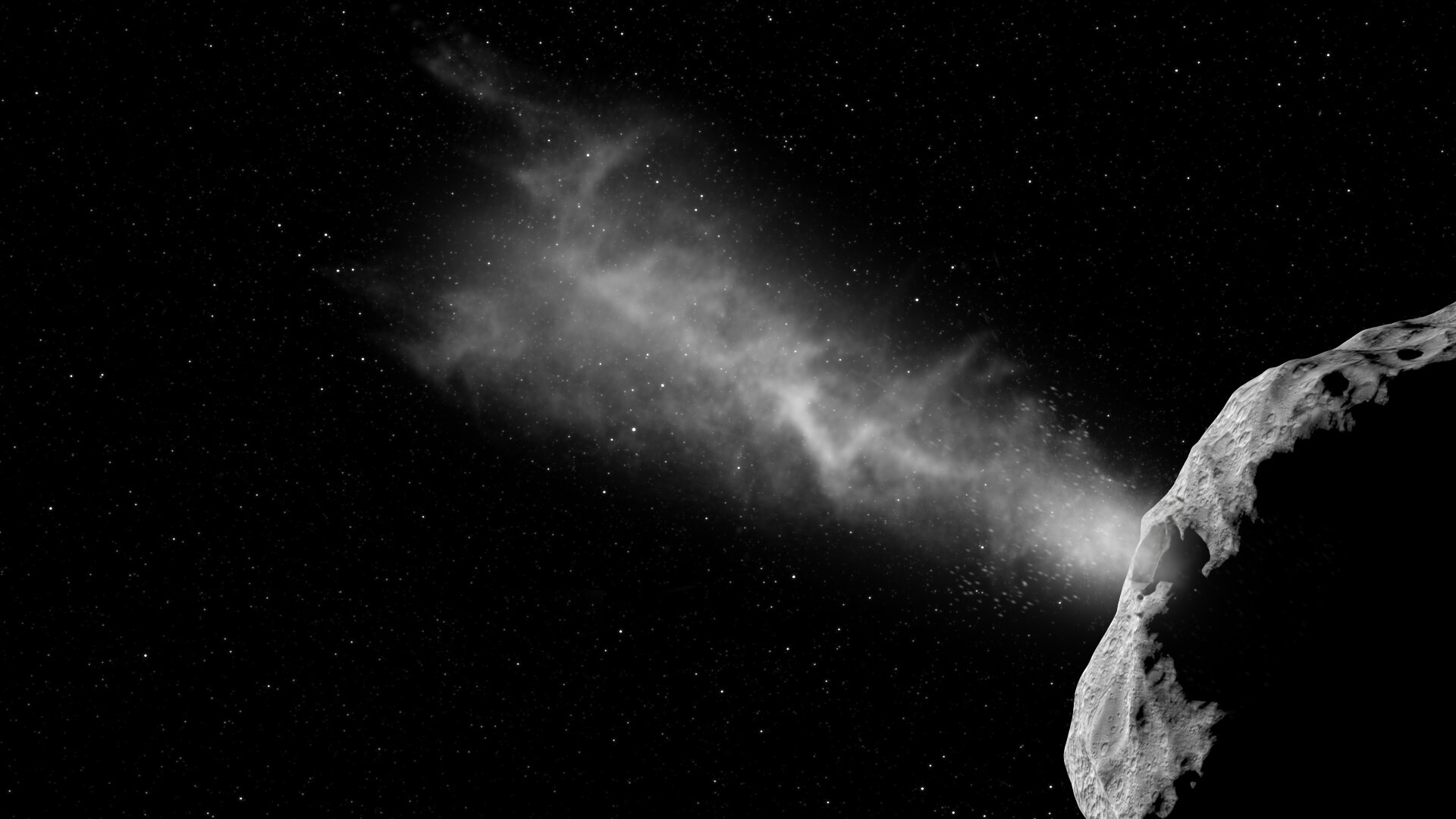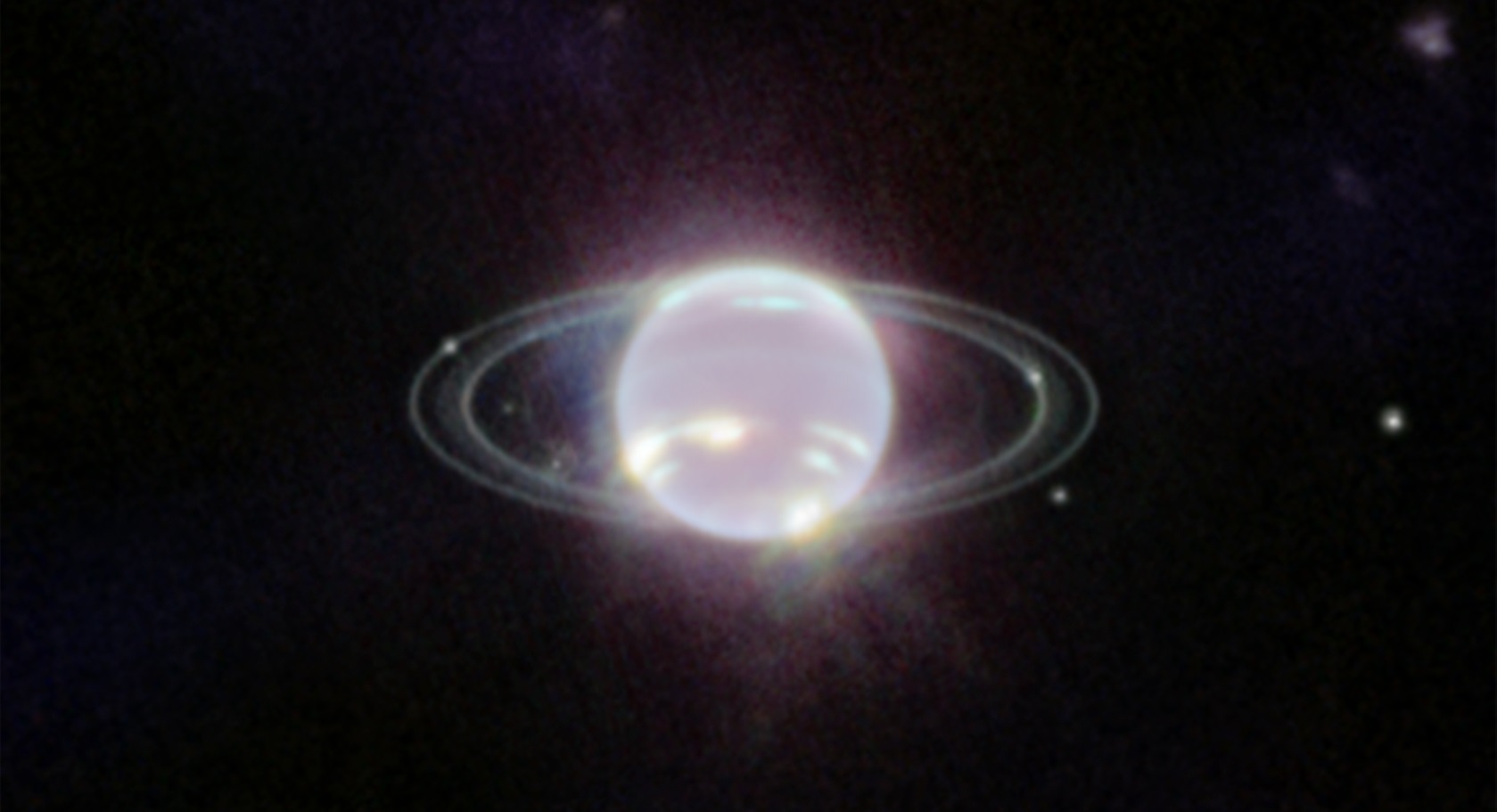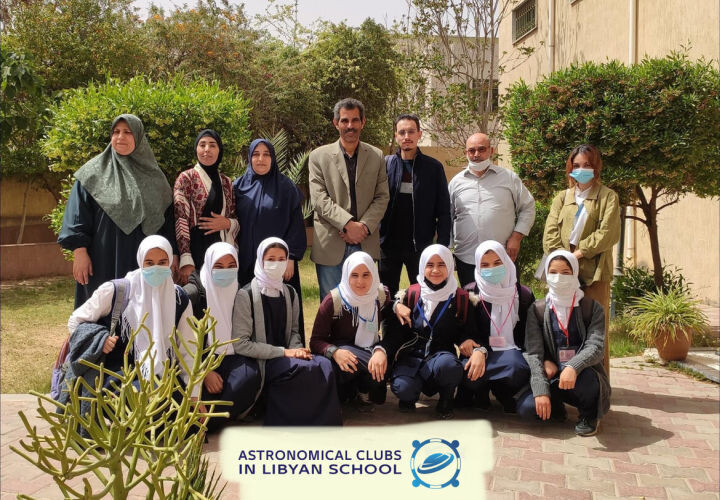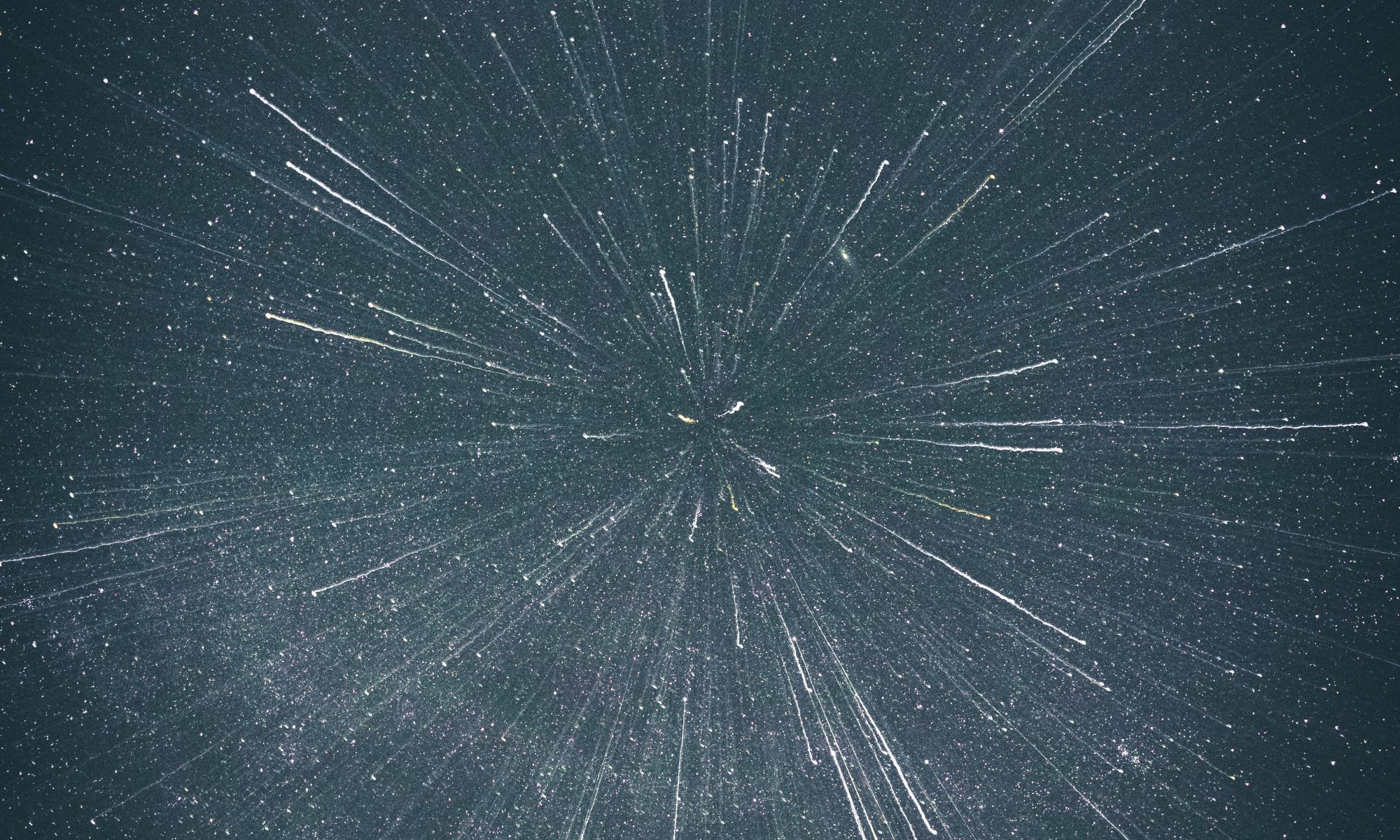Way back in 1979, astronomers spotted two nearly identical quasars that seemed close to each other in the sky. These so-called “Twin Quasars” are actually separate images of the same object. Even more intriguing: the light paths that created each image traveled through different parts of the cluster. One path took a little longer than the other. That meant a flicker in one image of the quasar occurred 14 months later in the other. The reason? The cluster’s mass distribution formed a lens that distorted the light and drastically affected the two paths.
Continue reading “Gravity Really Tangled up the Light From a Distant Quasar”Gravity Really Tangled up the Light From a Distant Quasar


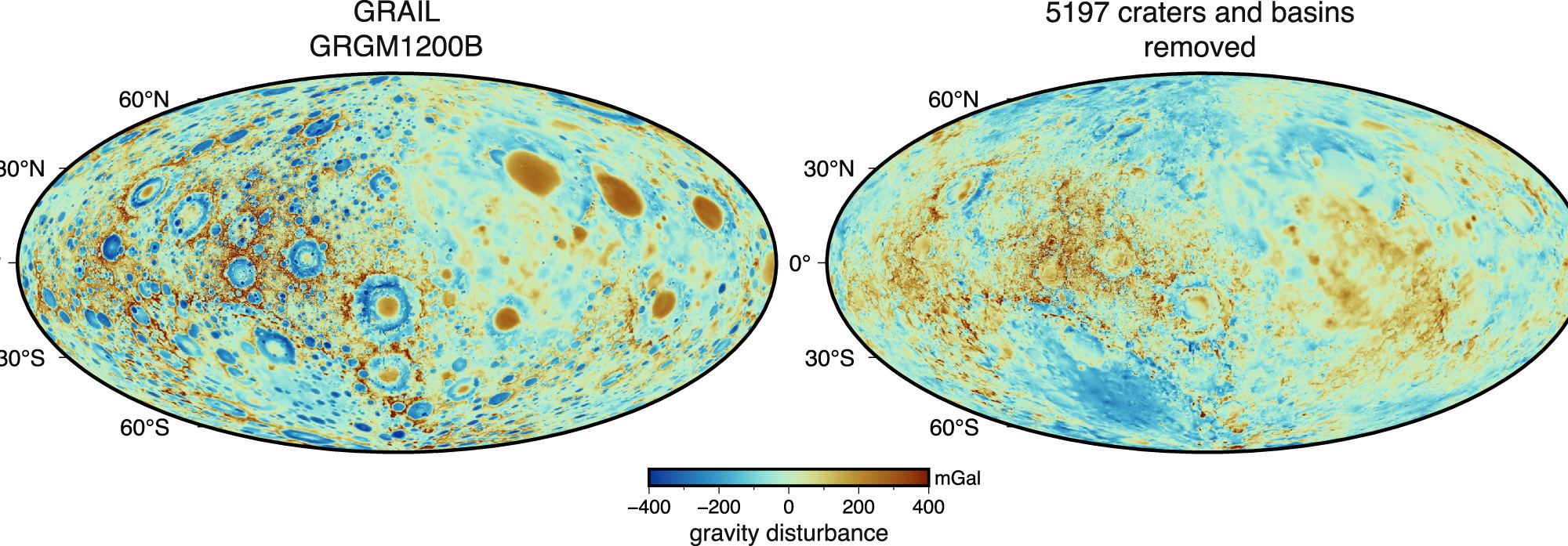
![An artist's conception of a brown dwarf. A new study identifies CK Vulpeculae as the remnant of a collison between a brown dwarf and a white dwarf. Image: By NASA/JPL-Caltech (http://planetquest.jpl.nasa.gov/image/114) [Public domain], via Wikimedia Commons](https://www.universetoday.com/wp-content/uploads/2018/10/Artist’s_conception_of_a_brown_dwarf_like_2MASSJ22282889-431026-2000x1200.jpg)
